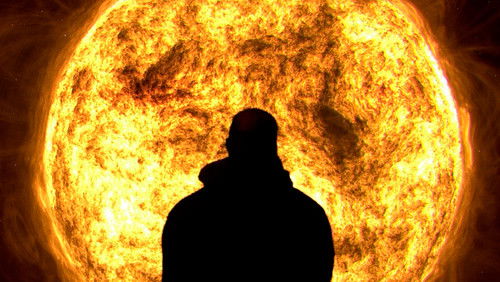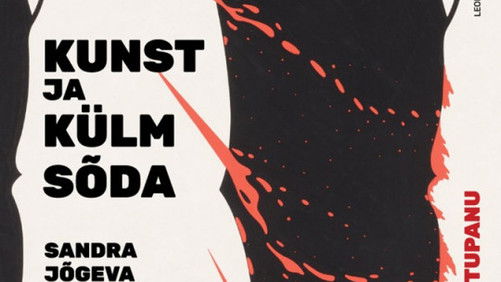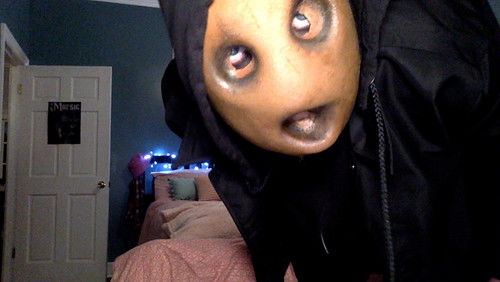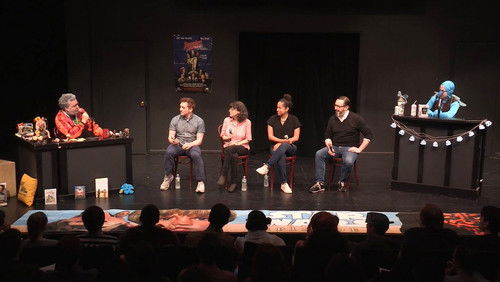The Price of Sugar (2007)
27KThe Price of Sugar (2007). The Price of Sugar: Directed by Bill Haney. With Christopher Hartley, Paul Newman. On the Caribbean island of the Dominican Republic, tourists flock to pristine beaches, with little knowledge that a few miles away thousands of dispossessed Haitians are under armed guard on plantations harvesting sugarcane, most of which ends up in US kitchens. Cutting cane by machete, they work 14 hour days, 7 days a week, frequently without access to decent housing, electricity, clean water, education, healthcare or adequate nutrition. The Price of Sugar follows a charismatic Spanish priest, Father Christopher Hartley, as he organizes some of this hemisphere's poorest people, challenging the powerful interests profiting from their work. This film raises key questions about where the products we consume originate, at what human cost they are produced and ultimately, where our responsibility lies.
“Paul Newmanu0026#39;s narration of The Price of Sugar occurred after he had moved from acting roles to voice roles and narration. It was the second-to-last film in which he had direct involvement before his death in 2008. The film made it onto the Academyu0026#39;s documentary feature shortlist for the Oscars.u003cbr/u003eu003cbr/u003eNewmanu0026#39;s participation helped call attention to the plight of undocumented Haitians recruited by the Vicini family in the Dominican Republic to work on their sugar plantations in extraordinarily squalid and pathogenic conditions. Deprived of their identity papers on arrival, and looked down upon by many among the lighter-skinned local population, most sugarcane workers and their families could no longer leave the plantation, let alone the country.u003cbr/u003eu003cbr/u003eFather Christopher Hartley is a Catholic missionary priest who grew up in a wealthy Spanish family that moved to London about the time he was born. He later worked with Mother Teresa in Calcultta for many years and with Latino immigrants in NYC before beginning his ministry in the Dominican Republic. There he revived a church by developing close ties with the poorest of the poor. Gradually he drew international attention to the exploitation and mistreatment of the Haitians sequestered on vast plantations devoted to growing tall, perennial, sucrose-rich Saccharum grasses.u003cbr/u003eu003cbr/u003eThe film is about Hartley, his campaign to improve the social and working conditions he encountered, his commitment to his parish, and the effect his doggedness had on the forgotten lives of migrant Haitians. He may have a bit too much photogenic chic and ease around camera crews for some tastes — suffer the upper-class priest to go unto the cutters and forbid his amour-propre not — but indisputably Hartley lived and worked for a decade in places others feared to dread.u003cbr/u003eu003cbr/u003eIf you number among those who tire of seeing religion expropriated for political gain — or if you tend to find people who walk the talk against very long odds more noteworthy than various permutations of Idol shows — you might appreciate this fleeting glimpse behind the DRu0026#39;s PR: Tropical Island Nation Prospers by Rising to Meet Demand of First-World Neighbors.u003cbr/u003eu003cbr/u003eIf your conscience has the wherewithal to trump comfort, prepare to squirm. The Price of Sugar shows how profiteers knowingly degrade the lives of unseen thousands so that a chunk of the worldu0026#39;s largest crop, sugarcane, may wend its way from its raw state to refined American kitchens.”









